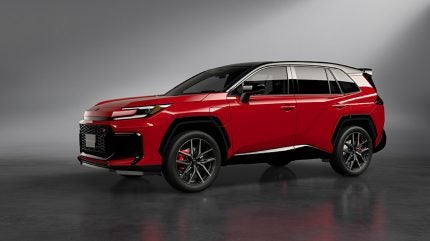
Toyota future models 2025-2035 (part 2)
This second of two reports examines more of the global line-up, along with certain potential additions.

This second of two reports examines more of the global line-up, along with certain potential additions.
